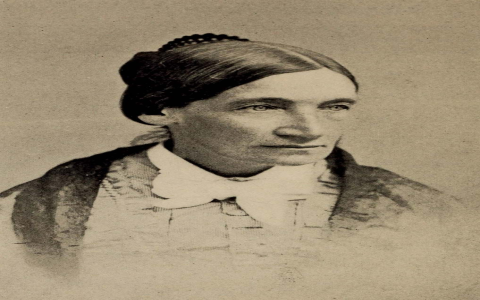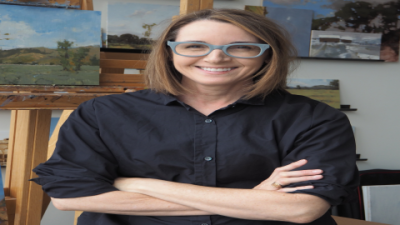You know, when I first heard about Sarah Ann Dickey, I honestly had no idea who she was. And I bet most people don't either, which is kind of tragic when you think about it. This woman was absolutely incredible - like, seriously incredible - and yet she's been forgotten by history in a way that just doesn't seem fair.
Sarah was born on April 25, 1838, near Dayton, Ohio. Her story starts pretty rough, actually. When she was just eight years old, her mother died. Can you imagine? Eight years old and suddenly orphaned, sent off to live with an aunt. But here's the thing that really gets me - by the time she was thirteen, she had received literally no formal education. None. Zero.
And yet... and yet somehow this girl who couldn't even read at thirteen became one of the most important educators in American history. How does that even happen?
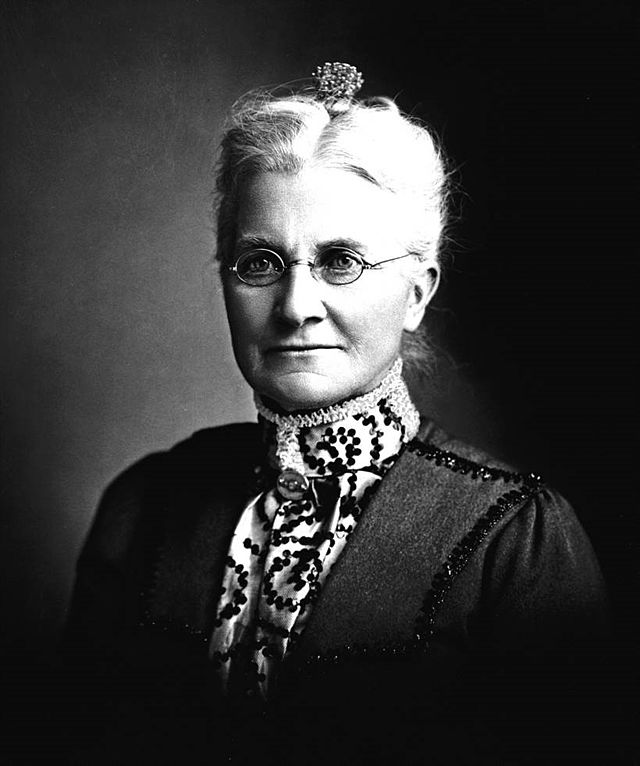
The Early Years - Against All Odds
Starting From Nothing
So picture this: Sarah doesn't start her education until she's sixteen. Sixteen! Most kids today are thinking about driving and dating, but Sarah was just learning her ABCs. But here's where it gets amazing - she was so brilliant, so determined, that by nineteen she had her teacher's certificate. Three years. That's all it took her to go from illiterate to qualified teacher.
I mean, think about that for a second. The sheer willpower that must have taken. The late nights, the frustration, the embarrassment of being so far behind everyone else. But she did it anyway.
After getting certified, she started teaching in Ohio. Pretty normal life, right? Teaching school, going to church (she joined the United Brethren in 1858), probably thinking she'd spend her whole life in small-town Ohio. But then the Civil War happened, and everything changed.
The War Years - A Mission That Changed Everything
Heading South Into Danger
When Vicksburg fell in July 1863, the Church of the United Brethren saw an opportunity. Thousands of newly freed enslaved people needed education desperately. They needed teachers who weren't afraid to go into what was basically a war zone. Sarah volunteered.
I try to imagine what that must have been like for a young woman from Ohio. The South in was chaos. Vicksburg had just been through a brutal siege. There was disease, violence, confusion everywhere. And Sarah just... went. She packed her bags and headed straight into it.
The mission was clear enough: "provide books and instruction for the mind" and "the gospel of Christ for the soul." Simple words, but what they meant in practice was revolutionary. For the first time in their lives, people who had been treated as property were going to learn to read and write.
The School That Changed Lives
For nineteen months between and 1865, Sarah and two other teachers ran their school in Vicksburg. The numbers are staggering when you think about it:
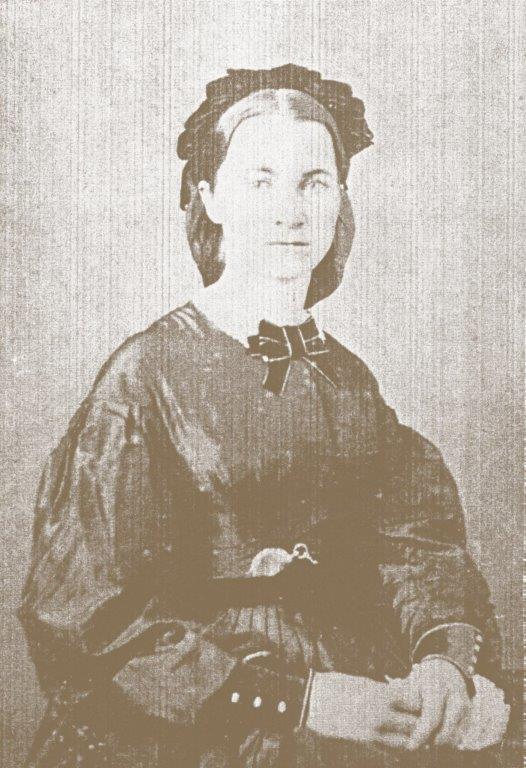
- More than students came through their doors
- Most were adults who had never held a book before
- The majority learned to read and write
- Attendance was spotty (people had to work, had to survive), but the impact was huge
But here's something that really shows you what kind of person Sarah was. The church's chaplain was performing marriages - legal marriages - for formerly enslaved couples whose previous unions weren't recognized by the state. He performed over 3, ceremonies in alone. And Sarah? She hand-wrote every single marriage certificate. Every. Single. One.
Can you picture her sitting at a desk, probably by candlelight, carefully writing out certificate after certificate? Her hand must have been cramping something fierce, but she knew how important this was. These weren't just pieces of paper - they were legal recognition of love, of family, of humanity.
Back to School - The Mount Holyoke Years
Recognizing What She Needed
When the war ended in April 1865, Sarah could have gone home to Ohio. Mission accomplished, right? Job well done. But she didn't. She couldn't. Her time in Vicksburg had shown her something: the "dedication, resiliency, and warm affection" of the people she'd taught, but also how much more work there was to do.
She made a decision that probably seemed crazy to a lot of people. Instead of continuing to teach, she decided to become a student again. At years old, she enrolled at Mount Holyoke Female Seminary in Massachusetts - basically the Harvard of women's education at the time.
Money was tight. It was always tight for Sarah. But somehow she scraped together enough to pay for four years of the most rigorous education available to women in America. Mount Holyoke didn't mess around - the academic standards were brutal, the discipline strict. But Sarah thrived.
Building a Network That Would Save Her
What Sarah gained at Mount Holyoke wasn't just education, though that was important. She gained something maybe even more valuable: a network of supporters who believed in her mission. Her classmates and professors became like family to her. And when she went back to Mississippi and things got really tough (and they would get really, really tough), these were the people who sent money, wrote letters of support, and kept her going.
She graduated in 1869, probably the proudest day of her life up to that point. But the real work was just beginning.
Back to Mississippi - The Real Test Begins
Teaching in the New System
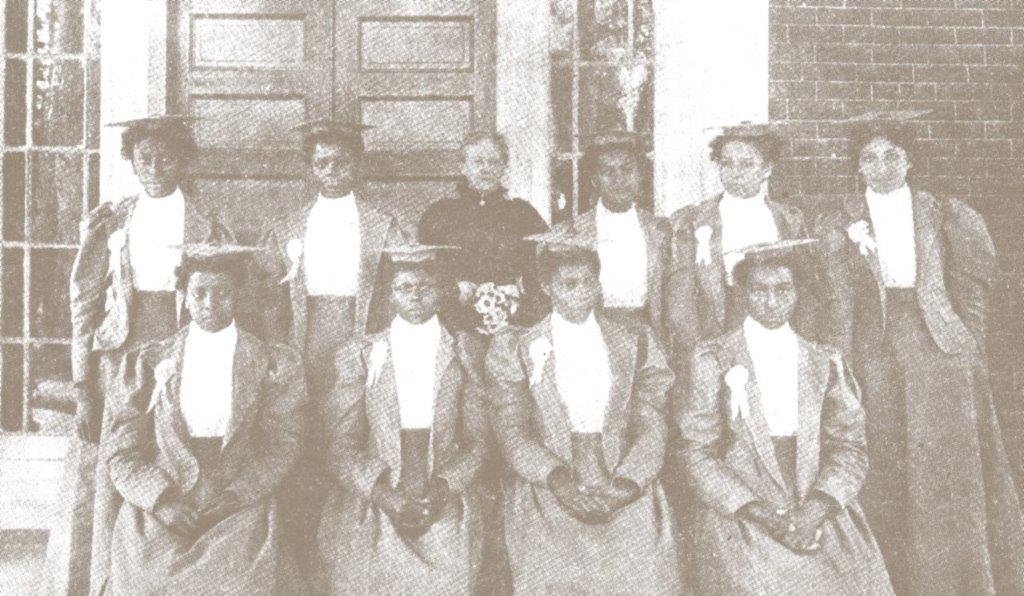
Sarah initially took a job with the American Missionary Association, teaching in a Freedmen's Bureau school in Raymond, Mississippi. When the state legislature decided to fund public education for both White and Black students in (can you believe it took that long?), she moved to Clinton to head a new school for African American children.
And that's when the real trouble started.
Welcome to Clinton - Not
The white residents of Clinton were not happy about Sarah's arrival. Not happy at all. No one would rent to her because of the work she was doing. Think about that - a educated woman, a teacher, and nobody would give her a place to live because she was teaching Black children.
She finally found a place to stay with Charles Caldwell, an African American state senator. But the harassment didn't stop there:
- The white folks at the Methodist church shunned her completely
- Students from nearby Mississippi College actually harassed her on the streets
- The school she was running got defunded after just one year
A lesser person would have given up. Would have said, "You know what? I tried. Time to go home." But Sarah wasn't a lesser person.
The Dream Takes Shape - Mount Hermon Seminary
A Vision Worth Fighting For
When Sarah learned that the old Mount Hermon Seminary property was for sale, something clicked. The antebellum school had closed, and there was this beautiful 160-acre property with buildings, a big house, a barn - everything she needed. And she became convinced - absolutely convinced - that God wanted her to buy it and turn it into a school for African American women, modeled after Mount Holyoke.
The problem? Money. Always money. The property wasn't cheap, and Sarah was basically broke. So she did what she'd learned to do: she started asking for help.
The Fundraising Campaign
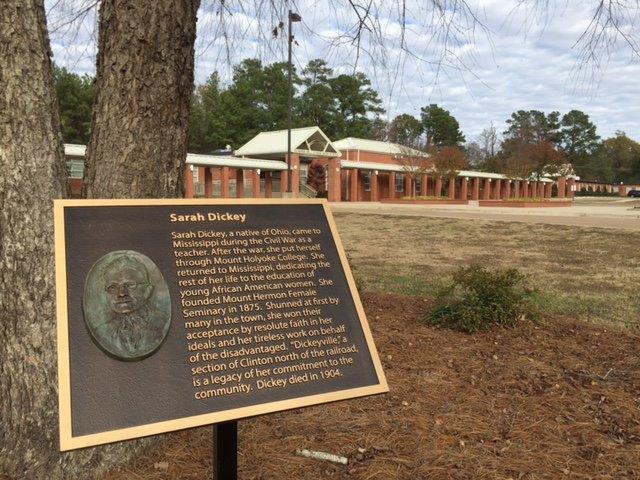
Sarah hit the road, traveling back to Ohio and Massachusetts, hat in hand. She went to:
- Her old church, the United Brethren
- Her Mount Holyoke classmates and professors (bless them, they came through)
- Senator Caldwell and other local supporters
- And here's the weird part - even some local white people, including George Harper, a newspaper editor who was openly racist but somehow respected Sarah enough to help
It took her months, but by 1875, she'd raised enough money to buy the property. She was going to do it. She was actually going to do it.
When Everything Went Wrong
The seminary was supposed to open in September 1875. Sarah had everything ready. Students were enrolled, teachers hired, supplies purchased. And then disaster struck.
There was a Republican political rally organized by Senator Caldwell. It turned into a riot. A massacre, really. Between and African American men were killed. Sarah witnessed it all.
She was so upset, so horrified, that she wrote directly to President Grant. The letter is heartbreaking: "Allow a humble woman to address your Excellence in behalf of the poor oppressed colored people of the Southern states... I cannot hold my peace."
Three months later, they assassinated Senator Caldwell. Shot him down in cold blood because he'd dared to organize that rally. Sarah had lost her strongest local supporter, her friend, and probably felt like giving up.
But she didn't give up. The seminary opened anyway, near the end of 1875.
Mount Hermon Seminary - The Dream Realized
A School Like No Other
Mount Hermon Female Seminary for Colored Females (they weren't big on political correctness back then) was everything Sarah had dreamed of. She'd literally recreated Mount Holyoke in rural Mississippi:
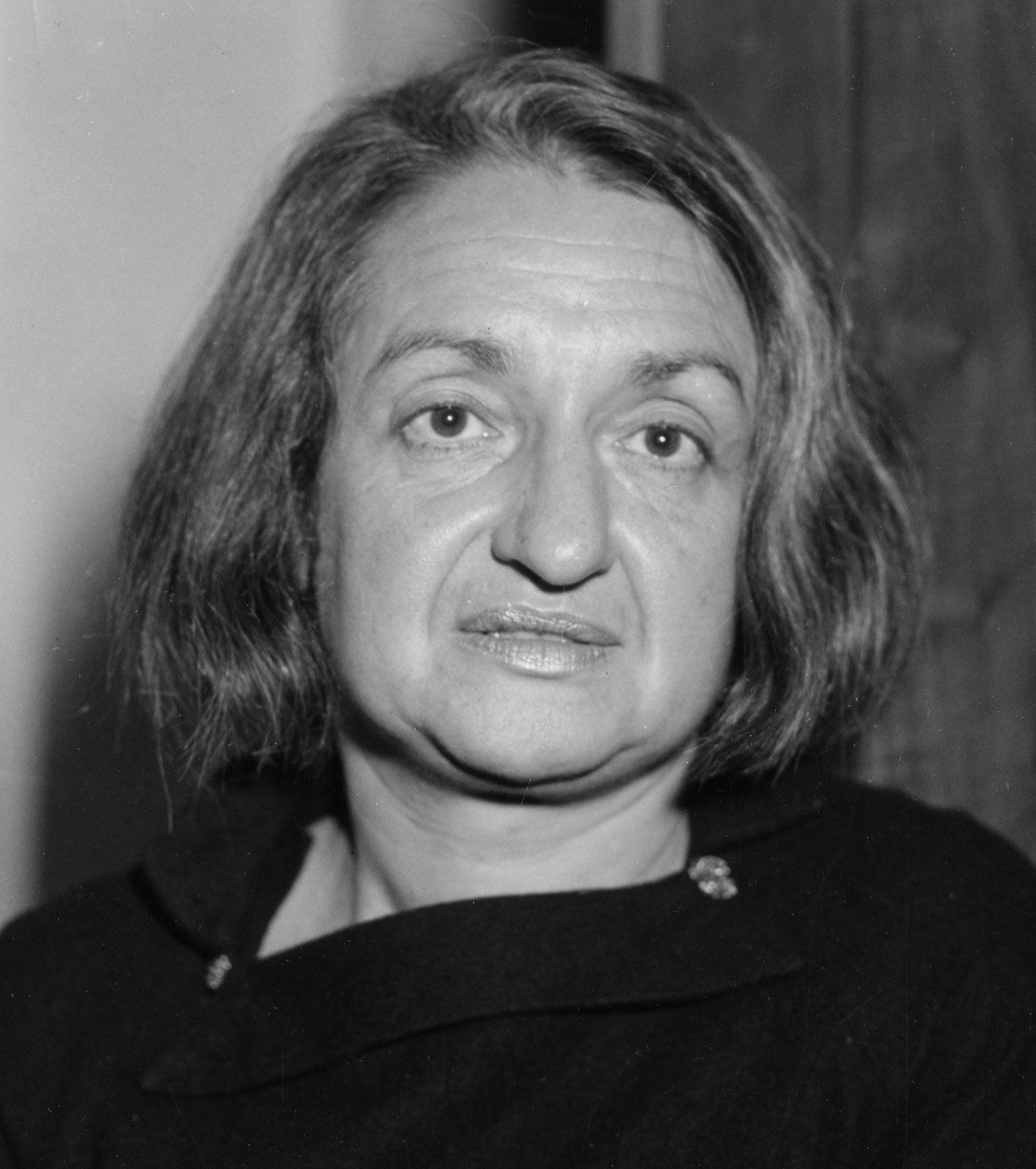
- Students lived on campus in a residential system
- Everyone shared household duties to keep costs down and build character
- Academic standards were incredibly high - maybe too high
- Work-study programs made it possible for poor students to attend
The standards were so rigorous that only one student ever got the full diploma for completing the entire course. Just one! But several dozen completed the normal course and became certified teachers, which was really the point.
Building a Community
Sarah wasn't content with just running a school. She had bigger dreams. She bought another acres and started selling one-acre plots to the fathers of her day students. The deal was simple: pay a modest amount, build a house, create a community.
It worked. Houses went up, families moved in, and before long there was a whole neighborhood that people called "Dickeyville." It's still there today, by the way. Still called Dickeyville. How amazing is that?
Recognition and Later Years
Earning Respect
Slowly, gradually, even the white residents of Clinton began to respect Sarah. There's this great story about a postmaster who struck two of her students for not stepping off the sidewalk for his wife. Sarah marched right down to the authorities and demanded he be removed from his position. And they did it! They actually removed him. That tells you something about the reputation she'd built.
In 1896, when Sarah was 58, the United Brethren Church ordained her as a minister. It was recognition of what everyone already knew - she'd been doing God's work all along.
The Numbers That Tell the Story
During Sarah's lifetime, her impact was enormous:
| Achievement | Numbers | Impact |
|---|---|---|
| Vicksburg School | 300+ students | First taste of education for formerly enslaved people |
| Mount Hermon Seminary | Several hundred students | 200+ became certified teachers |
| Dickeyville Community | Dozens of families | Still exists today |
Those teachers she trained? They went out and taught thousands more children across Mississippi. Sarah's influence multiplied exponentially.
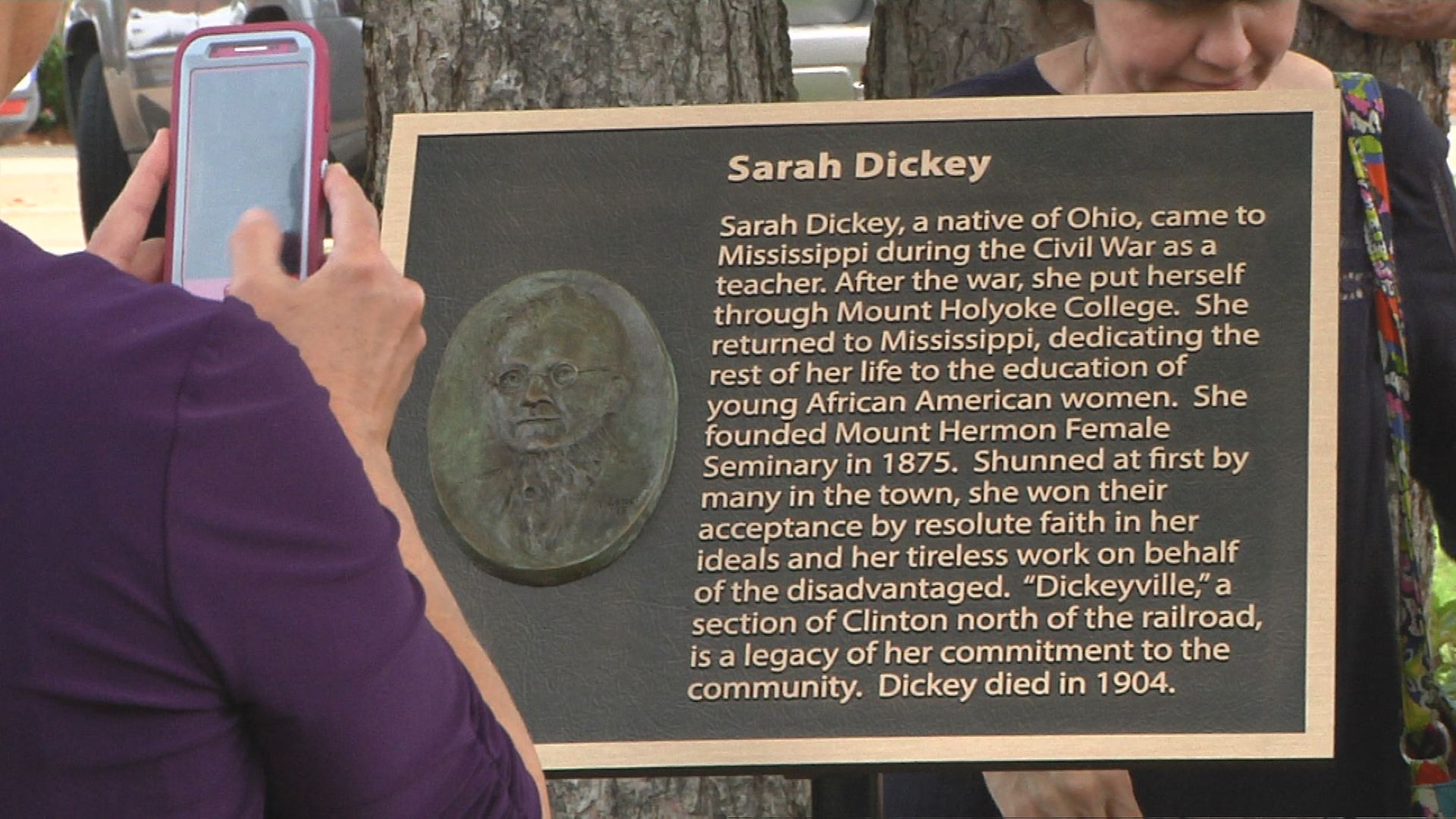
The End of an Era
Sarah Dickey died on January 23, 1904, at age 65, after a brief illness. The Jackson Clarion Ledger ran a headline that, for all its dated language, got it right: "Miss Sarah Dickey Dead; Principal of a Negro School near Clinton...She had labored under many difficulties but overcame them all."
They buried her in a small cemetery on the seminary grounds, alongside two of her students and the daughter of a third. Even in death, she stayed with her community.
Her niece tried to keep the seminary going, but it wasn't the same. Sarah had been the driving force, the heart and soul of the place. Without her, it struggled. Mount Hermon Seminary finally closed in 1924, twenty years after her death.
Legacy That Lives On
Modern Recognition
For too long, Sarah's story was forgotten. But in recent years, people have started to remember. In 2016, Clinton dedicated a historical marker to her, crafted by sculptor Sam Gore. The ceremony was held at Sumner Hill Junior High School, which now sits on the site where her seminary once stood.
Principal John Wallace said something that really captures it: "The entire area of Clinton owes so much to her commitments, accomplishments and continuing legacy of education for all."
Education for all. That was Sarah's dream from the very beginning.
Questions People Always Ask
What made Sarah Dickey so special?
Honestly? Her refusal to give up. She could have quit a dozen times - when she was orphaned, when she was behind in school, when people in Clinton harassed her, when Senator Caldwell was murdered. But she never did. She just kept going.
How did she manage to get funding for her work?
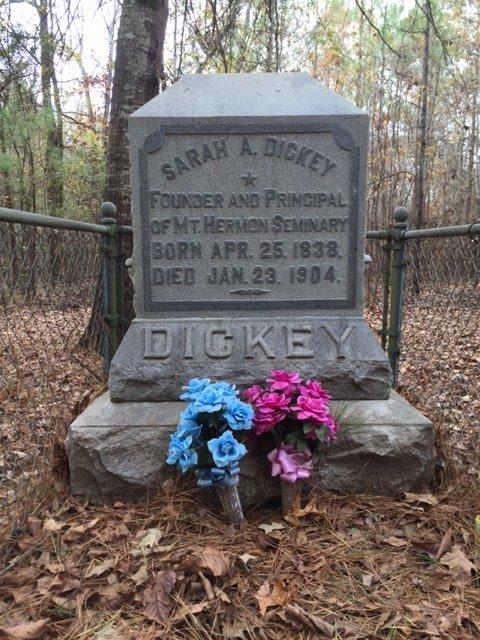
Sarah was incredibly resourceful. She built relationships wherever she went - at Mount Holyoke, in her church, in her community. When she needed help, she wasn't too proud to ask for it. And people responded because they could see her sincerity and dedication.
What was it like being a white woman teaching Black students in the post-Civil War South?
Dangerous. Lonely. Difficult. Sarah faced discrimination, harassment, and real physical danger. But she also found tremendous support within the African American community and even among some white allies. It wasn't easy, but it was possible.
Why did Mount Hermon Seminary close after her death?
Sarah was irreplaceable. She had the vision, the connections, the sheer force of personality to make it work. Her successors, while well-meaning, couldn't overcome the same obstacles that she had spent decades learning to navigate.
How is she remembered today?
Too quietly, in my opinion. There's the historical marker, the community that still bears her name, and the school that operates on her old property. But most Americans have never heard of her, which seems wrong for someone who made such a difference.
What can we learn from her story today?
That one person really can make a difference. That education is worth fighting for. That building bridges across racial lines is possible, even in the most difficult times. And that sometimes the most important work is done by people whose names never make it into the history books.
Why Her Story Matters Today
I keep thinking about Sarah Dickey's story and what it means for us now. Here was a woman who started with nothing - orphaned, uneducated, poor - and somehow changed the lives of thousands of people. She didn't have social media or crowdfunding or any of the tools we have today. She just had determination and a willingness to ask for help when she needed it.
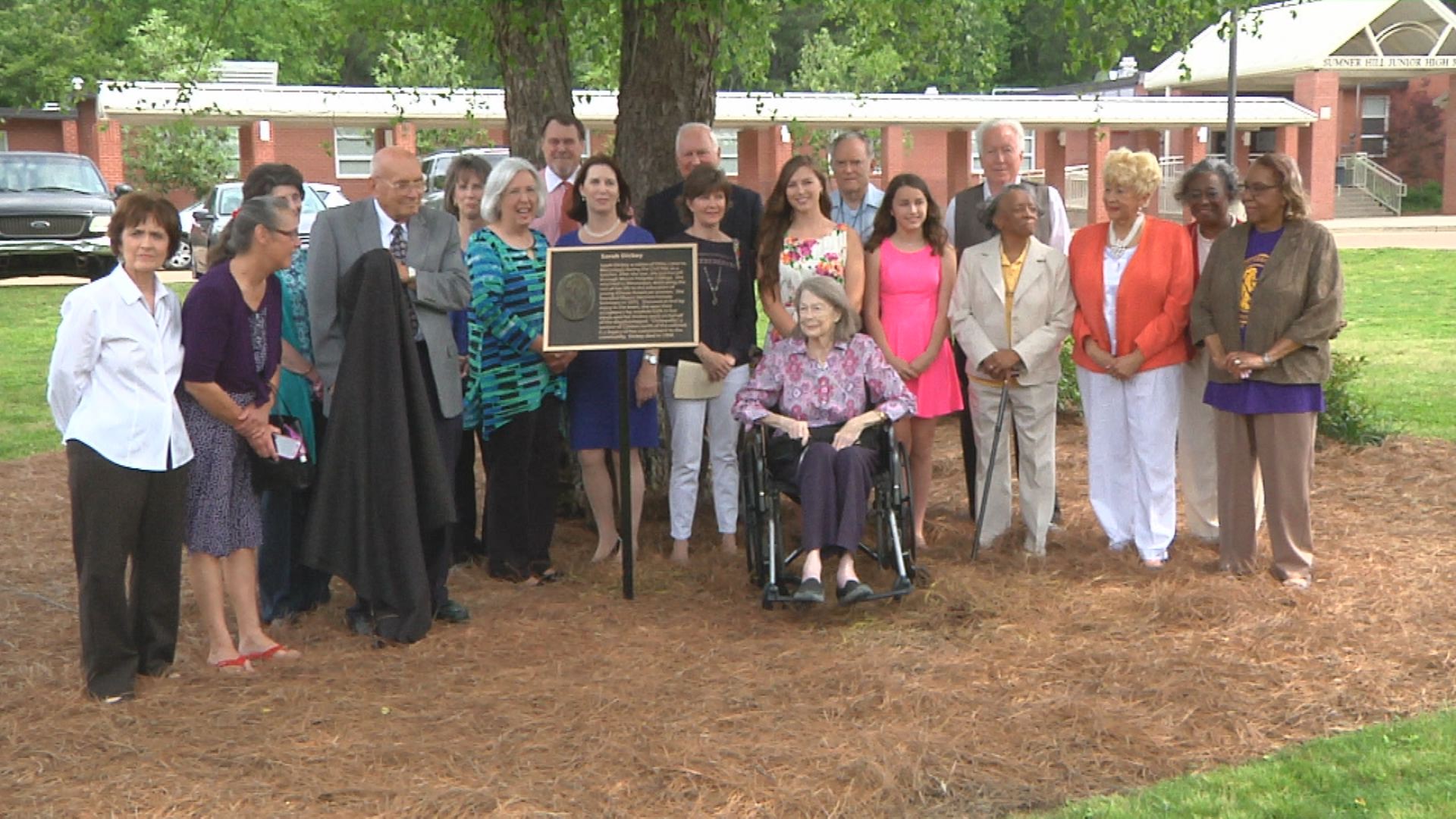
The educational challenges she faced aren't so different from what we're dealing with today. Underfunded schools, resistance to change, communities divided by race and class. Sarah's approach - high standards, community involvement, innovative funding, and absolute refusal to give up - still works.
Maybe that's why her story matters so much. It's proof that ordinary people can do extraordinary things. That education really can transform lives. That one person's commitment to doing the right thing can ripple out across generations.
Sarah Ann Dickey deserves to be remembered. Not just as a historical curiosity, but as an inspiration. Her life reminds us that the most important battles are often fought by people whose names we never learn, in places that never make the news, by individuals who simply refuse to accept that things can't get better.
She saw newly freed enslaved people hungry for education and said, "I can help with that." She saw young women who needed training to become teachers and said, "I'll build them a school." She saw a community that needed leadership and said, "I'll stay and fight."
That's the kind of person Sarah Dickey was. That's the kind of person the world needs more of. And that's why, more than a century after her death, her story still matters.
